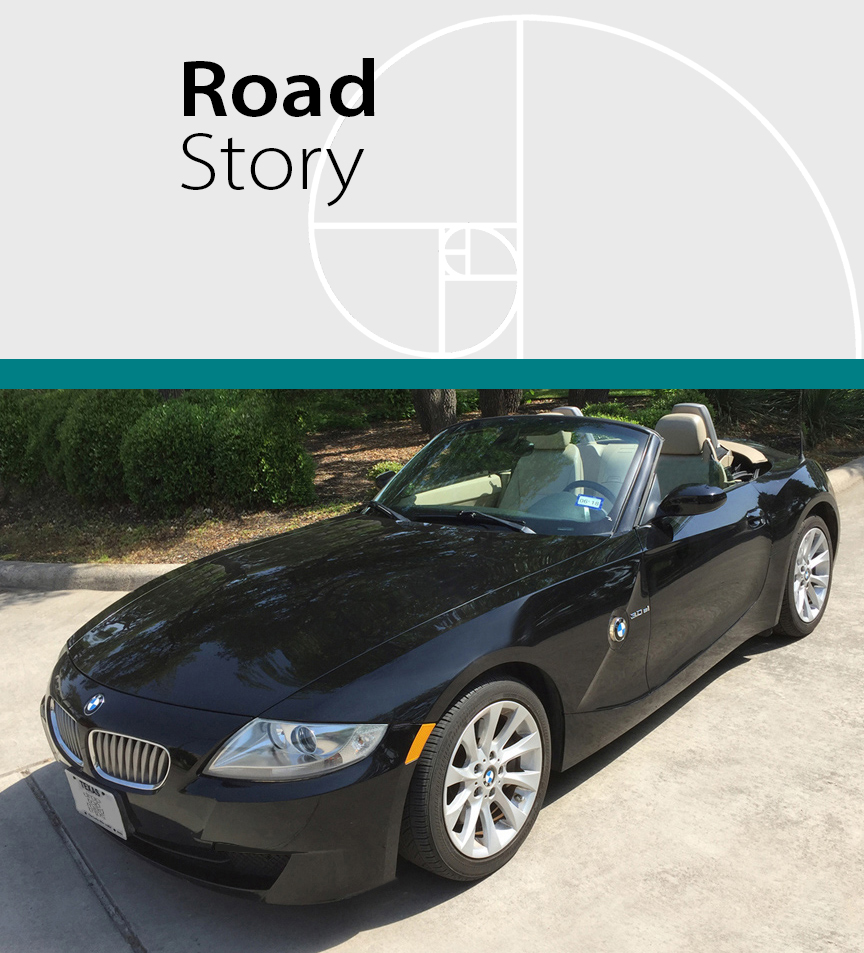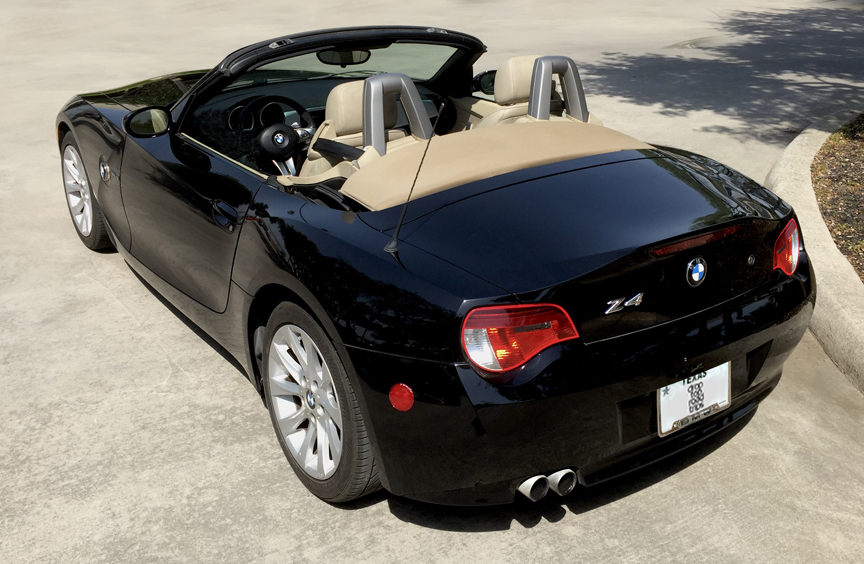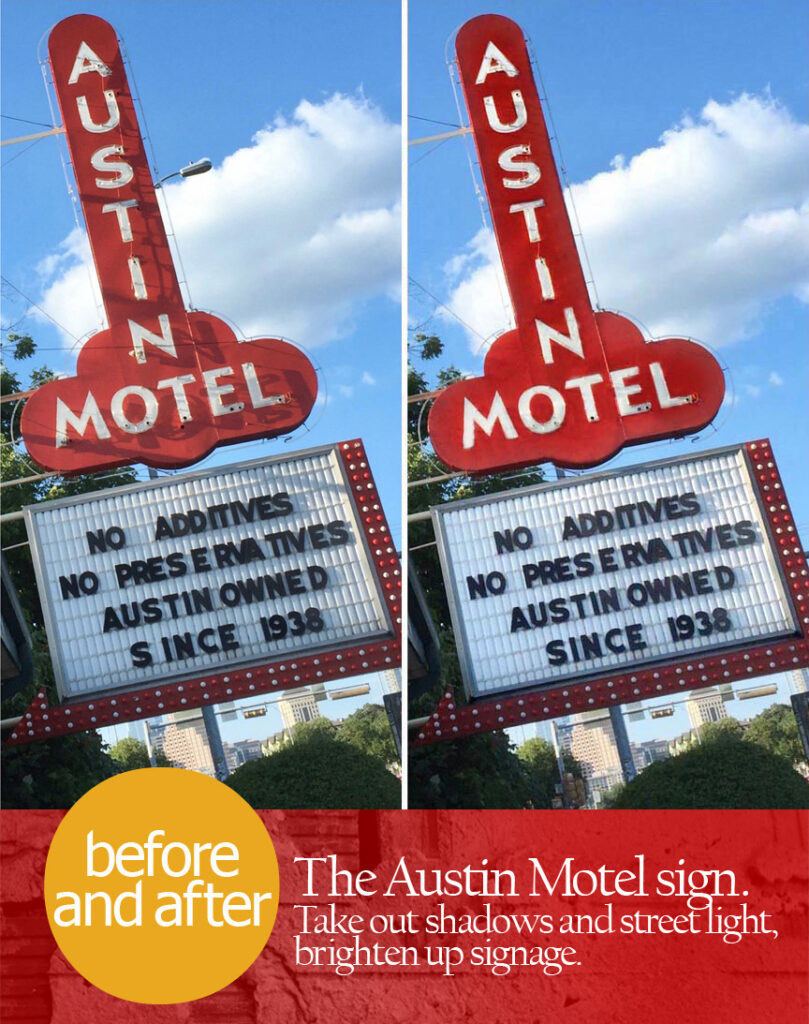
ROAD STORY: Culture and images.
IN THIS ISSUE:
Are You a Part of Car Culture? (Even if you don’t think you are, you just might be.) READ MORE
About Our Images From the Road. A cards on the table look at how I use images. READ MORE

Are You a Part of Car Culture?
WRITTEN & PHOTOGRAPHED BY: STEVE HOLLOWAY
UPDATED OCTOBER 31, 2021. Some people who think they aren’t a part of car culture, find out that actually they are.
In a March 11, 2019 Car and Driver article, John Pearley Huffman discusses the state of American automotive subculture today. How, even with all the distractions we have today – from smartphones to video games – car culture still finds its’ way into peoples’ lives.
Sometimes even when we least expect it.
He writes about a 1990 Corvette ZR-1 he came across at a car wash. Huffman told the 23 year old owner that it was “a beautiful ZR-1”. The owner replied “Oh, you know what it is! Most people don’t.” The ZR-1 owner’s dad was always into Corvettes. But he said they never did much for him.
That is until he found this ZR-1 with “only 40,000 miles on the odometer and a ridiculously low price (that he talked down even further).” That ignited his dormant car passion. A passion he didn’t even realize was there.
How about you? Are you (or could you possibly be) a part of car culture?
As for me, I always thought I had a strictly utilitarian approach to vehicles, thinking of them as a means to an end, of getting from one place to another. I’ve mostly owned Ford F-150s (still own one today) plus a Dodge Van early on.
But when I look back at the cars I’ve driven and/or owned over the years I see a different picture.
For starters, there was the Ford Torino GT.
My Dad bought it for my Mom and I got to drive it during my senior year. I went with them and sat in the salesman’s office at the dealership while my parents placed a build-to-order purchase order with the color and accessories of their choice including a black vinyl roof (they were very popular then), slotted GT wheels, hood scoop and side GT racing stripes.
Built-to-order!
This was a big deal. My parents always bought sedans or station wagons from current dealer inventory. We had to wait weeks for it to come in. But once it got here, the excitement factor that came with driving that car made it all worthwhile. Maybe my parents had a dormant car culture connection. Maybe this became my dormant connection. (More on this later.)
Next up, a Ford Galaxie.
Not cool but, within a few months, it became a stepping stone car that I traded for a 1967 Ford Mustang.
Then, years later, a 1972 Mercedes Benz 280 (I liked the way it looked and drove), followed by a 1979 Buick Riviera, one of the first fuel injected, front wheel drive models (I liked the way it looked and drove too) and a 1985 Volvo Turbo (its’ 2.1 liter, 155 hp, 0-60 mph in 9 seconds Turbo engine put Volvo back into racing giving them European and German championship wins and showing they were capable of building a car that was safe and fun to drive).

Fast forward to more recent times and our 2010 BMW Z4.
I’ve always loved the Shelby Cobra. They’re fast, fun and dangerous. While we could never afford even a Shelby Clone, I did begin to notice the Z4 on the road.
After pricing them, I knew this was the closest I would come to owning and driving a Shelby Cobra.
So I started a nationwide search. Barely missed one car in Ft. Worth and finally found mine in Austin.
It develops a lot of torque. Effortlessly. It out accelerates everything you come across on the road, handles close to track car standards and is just plain fun to drive.
Above all else, it’s fast. Scary fast.

And finally, there’s our 2012 Chrysler 200 convertible.
We were looking for a Chrysler 200 when Nicole saw the dealer had a convertible. She would agree to buying the 200 but only if we got the convertible.
I wasn’t excited about the idea. I watched that top go up and down and couldn’t stop thinking about all the things that could go wrong with that many moving parts.
But that was then and this is now. Now it has become one of my all-time favorite cars.
So that pretty much puts an end to the idea that I’m not a part of car culture. Even as recently as our Chrysler 200 purchase, I wasn’t excited about a convertible from a practical point of view and now I think I am more emotionally invested in the car than Nicole is. And it was her idea!
Looking back, I do have a memory of the 1964 Mustang.
I was barely a teenager when the Mustang first hit the market. Lee Iacocca really managed to capture the imagination of more than one generation. My memory is of all the media coverage around his “affordable” sports car and how exciting it was to imagine driving a Mustang and thinking that by the time I had a license and was driving, I might be able to find a used Mustang I could afford (a thought that later became my second car, that ’67 Mustang).
Maybe the introduction of the Mustang influenced my Mom and Dad and I never knew it. Maybe that’s why they bought the GT for my Mom after driving nothing but sedans and station wagons my whole life. It certainly influenced me over the years.
How about you ? To quote John Pearley Huffman from Car and Driver again,
“All it takes is that one car to get someone’s heart palpitating. Maybe there’s an old Corvette out there waiting for (you) to find and love it.”
While you won’t find me in the driveway nights and weekends wrenching on a car, I do get excited about cars. The way they look. The way they drive. And what it feels like to be in them.

About our images from the road and how we use them.
WRITTEN & PHOTOGRAPHED BY: STEVE HOLLOWAY
UPDATED OCTOBER 31, 2021. Let’s be clear, our images are not photojournalism.
As I understand the definition, photojournalism uses unretouched images without modification.
I approach our images as photo-illustrations, taking them from ho-hum to stunning.
I’m meticulous when it comes to getting the most out of a photograph.
For example, the Austin Motel sign:

I make subtle changes that make the images better and that, if you didn’t see them side by side, you probably wouldn’t realize they had been changed. For the Austin Motel sign that included taking out shadows and a street light and brightening up the main areas. Here’s an even subtler example:

Turning on the street lights and tail lights then brightening up the highway sign in the Twitter header photo might seem minor but, to me, something would be missing without these changes. You would look for them to be there and, when they weren’t, it would discount the effect of the image.
Our images have gone through Photoshop, usually more than once, to remove or modify unattractive or distracting features and elements. Still, I never distort the truth of the subject, I only work to make an image a more attractive representation.



